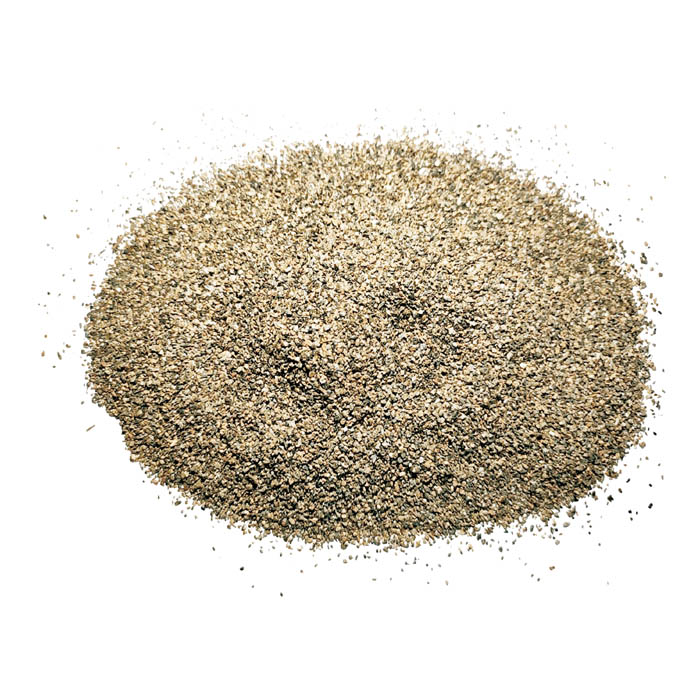Aug . 20, 2024 16:16 Back to list
Chilled Water Pipe Insulation Material Production Companies and Their Offerings
Chilled Water Pipe Line Insulation Material Manufacturers
In the realm of modern HVAC (Heating, Ventilation, and Air Conditioning) systems, the insulation of chilled water pipe lines is a critical component that ensures energy efficiency, comfort, and durability. Chilled water pipes are utilized extensively in commercial buildings, industrial facilities, and even residential complexes to transport cooled water throughout the system. Given the significant role that these pipes play, the choice of insulation material is paramount. This article explores the various types of insulation materials used for chilled water pipe lines and highlights some of the leading manufacturers in the industry.
Importance of Insulation in Chilled Water Systems
The primary function of insulation in chilled water pipe lines is to minimize heat gain, which can occur when the chilled water travels through pipes that are exposed to warmer ambient temperatures. This heat transfer can diminish the cooling capacity of the water, leading to higher energy consumption as the cooling system works harder to maintain desired temperatures. Effective insulation can prevent this heat gain, thus enhancing the overall efficiency of the HVAC system while reducing energy costs.
Furthermore, proper insulation can prevent condensation on chilled pipes, which can lead to a range of issues including mold growth, corrosion, and damage to the building structure. Therefore, selecting the right insulation material is crucial for ensuring both operational efficiency and long-term reliability.
Types of Insulation Materials
There are several types of materials commonly used for insulating chilled water pipes, including
1. Fiberglass Insulation Known for its excellent thermal resistance and cost-effectiveness, fiberglass insulation is one of the most widely used materials. It’s non-combustible and can withstand high temperatures, making it suitable for a variety of applications.
2. Foam Insulation Polyethylene foam and closed-cell foam insulation provide high R-values (a measure of thermal resistance) and are resistant to moisture. This type of insulation is particularly beneficial for chilled water applications, as it prevents condensation.
3. Mineral Wool Insulation Mineral wool offers superior fire resistance and soundproofing qualities. It is an environmentally friendly option, as it is made from natural materials and offers excellent thermal insulation.
chilled water pipe line insulation material manufacturers

4. Reflective Insulation Reflective insulations, such as radiant barriers, reflect heat away from the chilled water pipes, helping to maintain low temperatures. These are often used in environments where space is at a premium.
5. Aerogel Insulation Although more expensive, aerogel insulation is highly effective due to its very low thermal conductivity. It is ideal for applications requiring maximum insulation in limited spaces.
Leading Manufacturers
Several manufacturers have established themselves as leaders in producing high-quality insulation materials for chilled water pipe lines
- Johns Manville A subsidiary of Berkshire Hathaway, Johns Manville produces a wide range of insulation products, including fiberglass and mineral wool insulation specifically designed for HVAC applications.
- Owens Corning Known for their innovative insulation solutions, Owens Corning offers high-performance fiberglass insulation materials suitable for chilled water piping systems.
- Armacell A global leader in flexible insulation solutions, Armacell specializes in foam insulation products that provide excellent thermal performance and moisture control.
- Knauf Insulation Offering sustainable insulation solutions, Knauf Insulation provides various products, including fiberglass and rock wool, ideal for chilling systems.
- Thermafiber A manufacturer of mineral wool insulation, Thermafiber provides durable solutions that meet energy efficiency standards while offering fire resistance.
In conclusion, the insulation of chilled water pipe lines is a vital element in maintaining the efficiency and effectiveness of HVAC systems. By selecting the appropriate materials and partnering with reputable manufacturers, facility managers and contractors can ensure their cooling systems operate at optimal performance, ultimately leading to significant energy savings and enhanced comfort in the built environment.
-
Fe-C Composite Pellets for BOF: Enhance Steelmaking Efficiency
NewsAug.07,2025
-
Eco-Friendly Granule Covering Agent | Dust & Caking Control
NewsAug.06,2025
-
Fe-C Composite Pellets for BOF: High-Efficiency & Cost-Saving
NewsAug.05,2025
-
Premium Tundish Covering Agents Exporters | High Purity
NewsAug.04,2025
-
Fe-C Composite Pellets for BOF | Efficient & Economical
NewsAug.03,2025
-
Top Tundish Covering Agent Exporters | Premium Quality Solutions
NewsAug.02,2025
